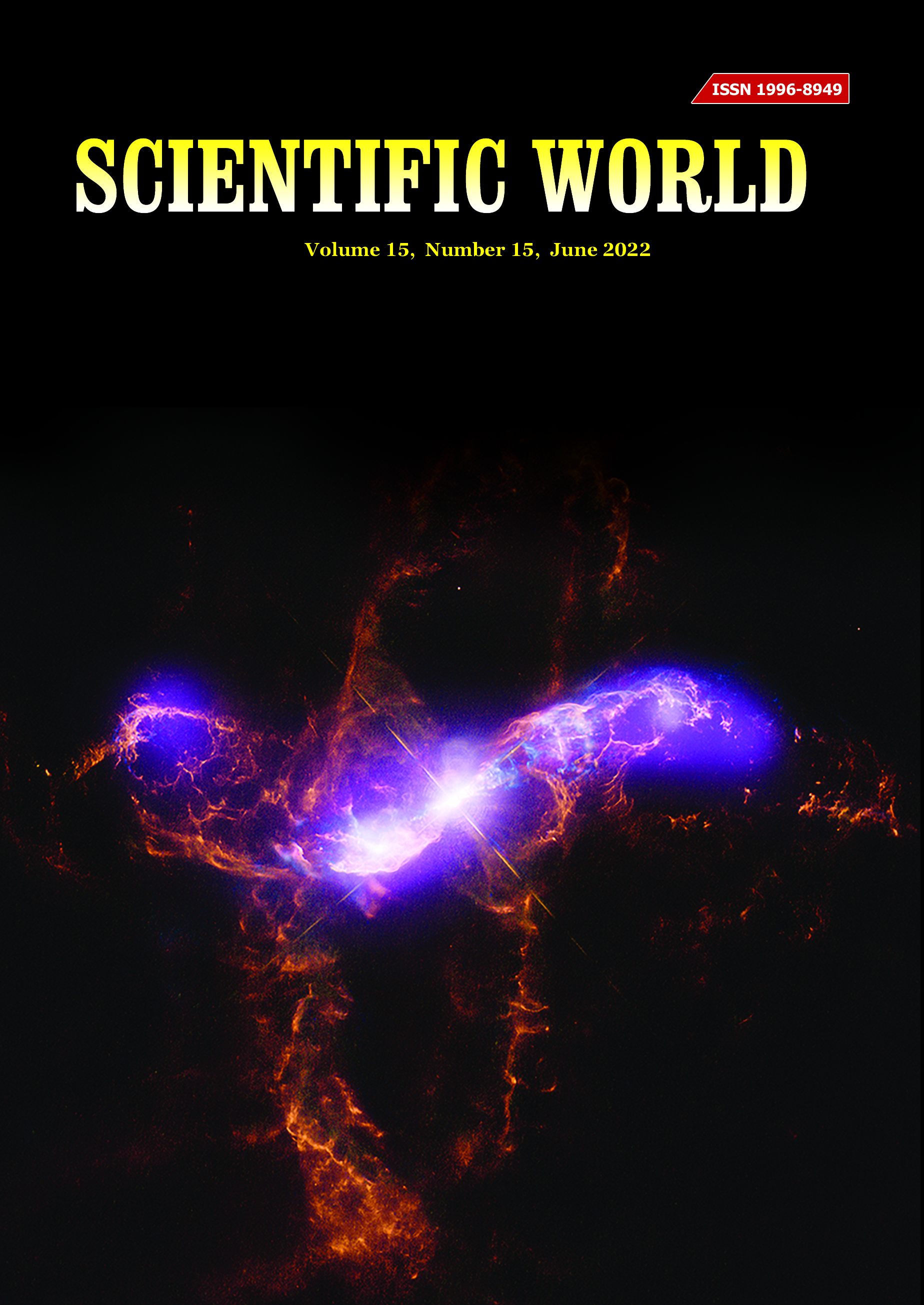Assessment of traditional dug well water of Lalitpur metropolitan city in pre-monsoon season
DOI:
https://doi.org/10.3126/sw.v15i15.45661Keywords:
Dug well water, Physico-chemical parameters, Total coliform, Protozoan parasites, Lalitpur metropolitan cityAbstract
Total 79 water samples were collected from dug wells located in five different municipal wards of Lalitpur Metropolitan City for assessment of water quality during pre-monsoon season. Physico-chemical parameters (temperature, turbidity, electrical conductivity (EC), pH, total hardness (TH), total alkalinity (TA), chloride, nitrate, ammonia and iron) and microbiological parameters (total coliform and protozoan parasites) were determined using standard protocols. The range and mean concentrations of the selected parameters in the water samples were found to vary among the selected wards under investigation. The physico-chemical parameters were compared with National Drinking Water Quality Standard (NDWQS) of Nepal and WHO standards. Parameters like pH, chloride, nitrate and iron were found within the permissible limits of NDWQS and WHO guidelines whereas parameter such as ammonia exceeded the maximum permissible limits. Turbidity, EC and TH however showed variable levels within NDWQS and WHO standards. Total coliform count showed only 4 (5.1%) of the total water samples were risk free whereas 43 (54.4%) samples demonstrated maximum microbial contamination and high risk level. Three types of protozoan parasites viz., Cyclospora, Cryptosporidium and Giardia were detected in the water samples. Among the five municipal wards, W. No. 16 has the highest percentage (66.7%) of total coliform contamination in dug wells. Pearson’s correlation analysis was also performed to understand the relationships among the selected water quality parameters. Presence of total coliform and protozoan parasites and exceeding the maximum permissible limits by some physicochemical parameters shows the water quality of dug wells of Lalitpur Metropolitan City is not satisfactory. But, the quality can be improved by effective treatment technologies, planning and policies, strategies and management practices.




